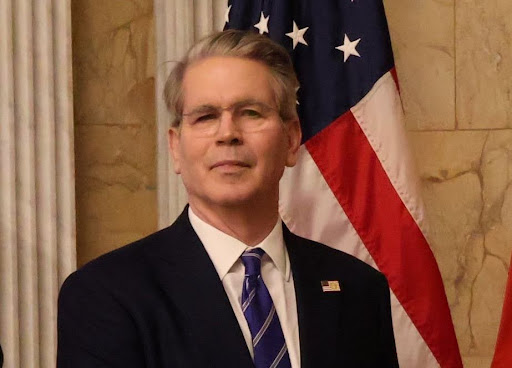The Trump administration has unveiled what it calls a “home run” strategy for immigration and labor, a policy designed to use foreign talent to create a self-sufficient American workforce. Treasury Secretary Scott Bessent articulated this vision while clarifying President Trump’s recent remarks on H-1B visas. The core of the theory is simple but ambitious: import skilled workers from overseas for a limited time to act as teachers. These foreign experts will enter the US for three to seven years, train American workers in complex fields like semiconductor manufacturing and shipbuilding, and then return to their home countries. The ultimate goal is to leave behind a domestic labor force that possesses the “muscle memory” and technical skills that are currently lacking.
Bessent’s comments were a direct response to speculation that Trump was softening his immigration stance. During a Fox News interview, the President admitted that the US needs to “bring talent into the country” because Americans “don’t have certain talents.” Bessent explained that this was not a call for open borders, but a recognition of a specific problem: “An American can’t have that job, not yet.” He cited the long erosion of US manufacturing capabilities as the reason why domestic workers are currently unprepared for these roles. The administration’s solution is to “rent” the necessary expertise to fix this deficit, ensuring that the knowledge is transferred permanently to US soil even as the foreign workers depart.
The focus on “knowledge transfer” is the linchpin of this policy. Bessent argued that simply hiring foreign workers to do the job is not enough; they must be hired to teach the job. This distinction transforms the H-1B visa from a standard work permit into a specialized training contract. By setting a hard deadline for the foreign workers to “go home,” the administration is creating a pressure cooker environment for upskilling. The expectation is that within the three-to-seven-year window, American workers will absorb the necessary skills to take over the industry completely, rendering foreign assistance unnecessary in the future.
President Trump’s rhetoric supports this educational focus. His repeated assertion that “people have to learn” serves as a mandate for this new policy direction. The administration is acknowledging that the path to high-paying technical jobs for Americans lies through education, and that the best educators are currently outside the country. By bringing them in temporarily, the US can accelerate its industrial recovery. Trump’s willingness to admit that “we don’t have certain talents” is a strategic pivot, allowing him to justify the importation of labor as a necessary step toward ultimate national independence.
This “home run” theory relies on a complex execution. It assumes that foreign experts will be willing to train their own replacements and that American companies will prioritize this training over simple operational efficiency. It also assumes that the US workforce is ready to engage in this massive re-skilling effort. If it works, the policy could indeed be a “home run,” restoring lost industries and creating millions of jobs for Americans. If not, it risks becoming a temporary fix that fails to address the root causes of the skills gap. Regardless, the administration has made its position clear: foreign talent is welcome, but only as long as it takes to teach Americans how to do the job themselves.

